Explore these 12 essential Mac tips designed to designed to streamline your workflow and enhance productivity.
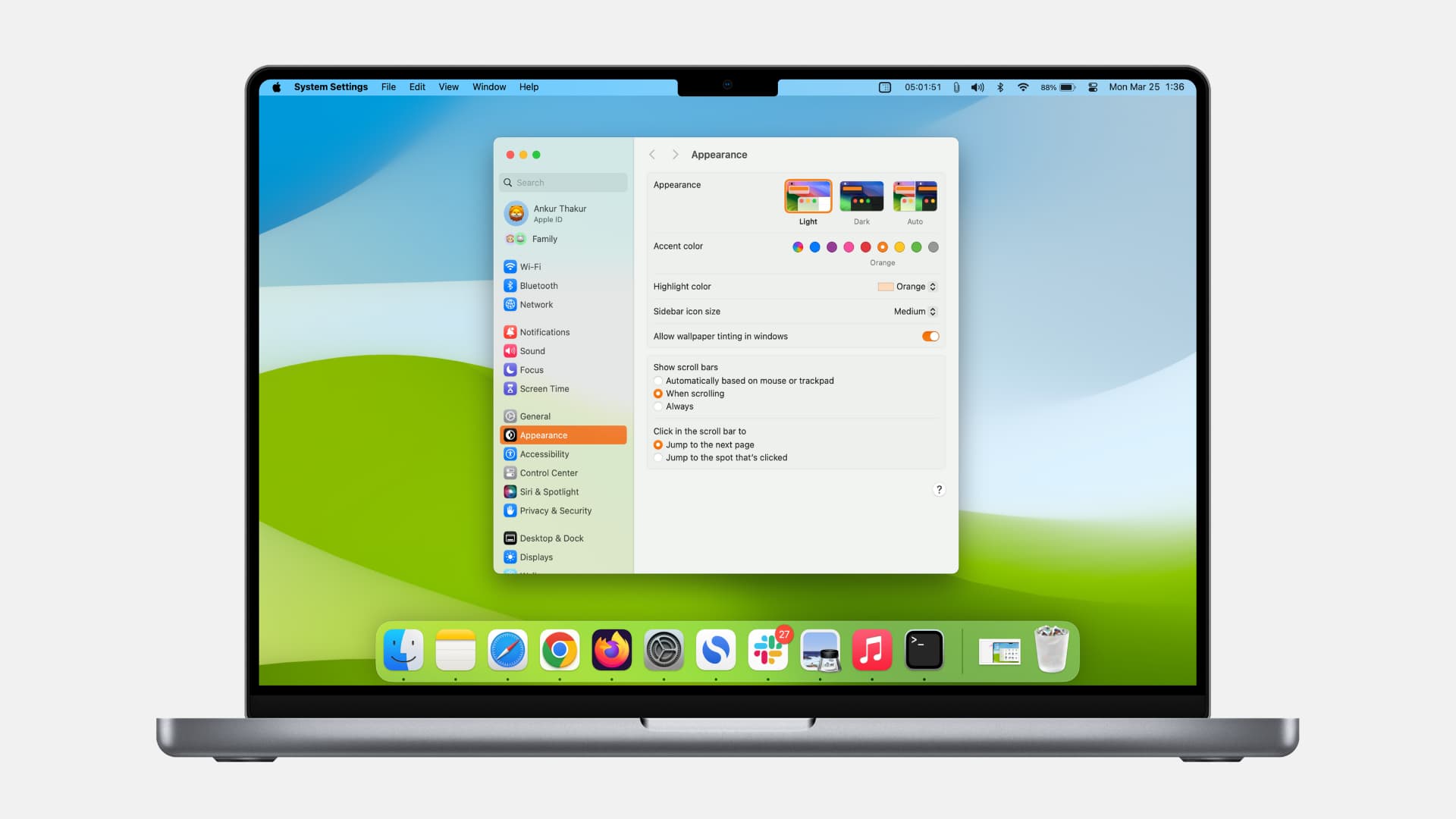
After having covered tutorials listing some of the most useful tips for iPhone, iPad, and Apple Watch, we now turn our attention to Apple’s oldest product line – the Mac.
Here is our selection of 12 tips and tricks that every Mac owner should definitely know about. With these, you’ll make the most out of your Mac, whether you’re using a MacBook Air, MacBook Pro, an iMac all-in-one, a Mac mini, Mac Studio, or a fully loaded Mac Pro.
And if you have just purchased a new Mac, do not forget to check out 43 things to do after setting up a Mac.
1. Control the mouse pointer with the keyboard
macOS lets you control the mouse pointer using your Mac’s keyboard. Doing this isn’t just handy if your mouse or trackpad breaks but also whenever high precision is required, like aligning objects in an image editor. To do that, turn on Mouse Keys from:
- System Settings > Accessibility > Pointer Control.
- Or, if you’re on an older version of macOS, go to System Preferences > Accessibility > Mouse & Trackpad.
Here are your Mouse Keys controls on a keyboard without or with a numeric keypad:
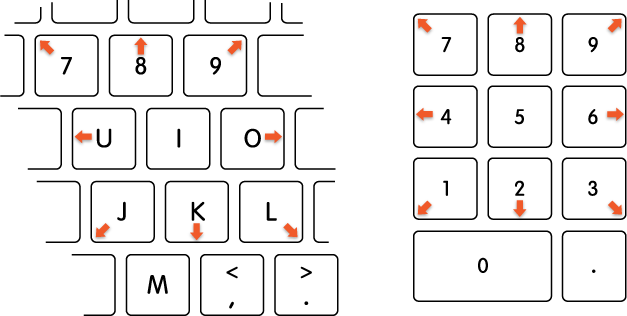
2. Adjust the volume and brightness in fine increments
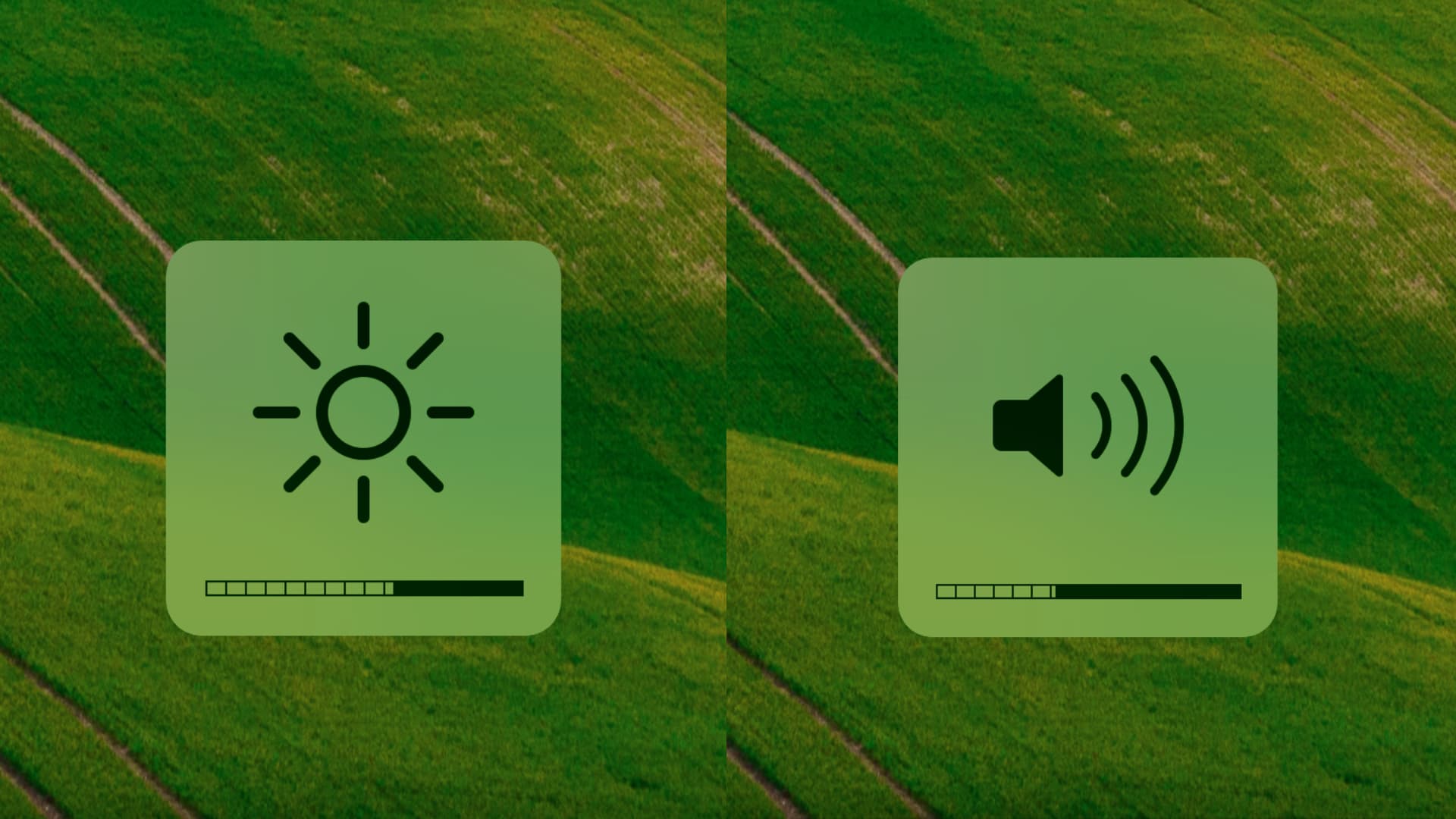
By default, pressing the volume or brightness keys on your Mac’s keyboard results in full increments, but you can force smaller increments with a little help from a modifier key.
To change the volume or brightness in quarter increments instead of full increments, hold down the Shift + Option keys when pressing the corresponding volume or brightness key on the keyboard or your Touch Bar.
3. Quickly access volume and brightness settings
To instantly get to the Display or Sound settings pane in System Settings, hold the Option key while pressing the volume up/down or brightness up/down on the keyboard or the Touch Bar.
For more on this, check out the 13 System Settings shortcuts that will save you a lot of time.
Furthermore, the Option key can be used in conjunction with other keystrokes to get to various Mac features faster. To boost your productivity even further, we suggest checking out the 50 common keyboard shortcuts that every Mac owner should know.
4. Force PiP on sites that don’t support it
Picture-in-picture (PiP) video is a great feature when you want to keep tabs on your favorite TV show while doing some productive work on your computer. The problem is that some websites don’t support this mode natively, while others, such as YouTube, intentionally hide PiP controls.
Just right-click on the video twice (or press Control while clicking twice) to access a hidden menu with the option to enter PiP mode. It works great on YouTube.
Tip: Hold the Command key when dragging the PiP overlay to move the Picture in Picture window freely anywhere you like.
5. Rearrange or remove menu bar icons
macOS displays icons for the commonly used system features in the menu bar. Thankfully, the position of most of them is not set in stone as it will probably appear to you at first sight.
To rearrange your stock menu bar icons, hold down the Command key while dragging the desired icon to the new location icon. If you drag it down to the desktop, the icon will be removed from the menu bar.
6. Hide the Dock and the menu bar
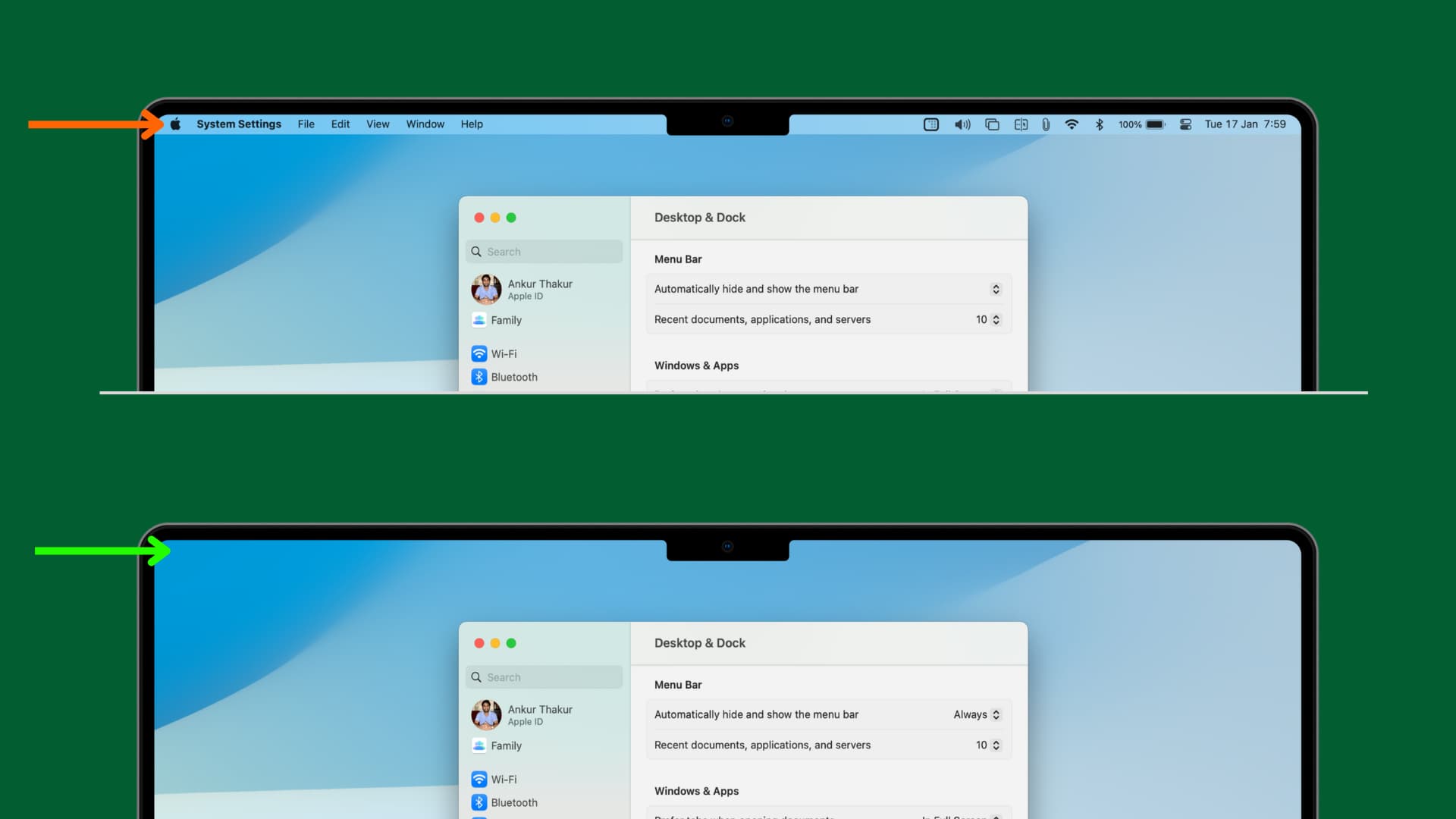
The persistent menu bar and the Dock take up valuable space. To maximize screen real estate and see more content in apps, you can hide the Dock and menu bar.
Alternatively, hit the Command + Option + D keyboard combo to show or hide the Dock on the fly. You can even use a simple Terminal command to make the Dock auto-hide and show faster.
7. Tidy up that cluttered desktop with Stacks
Stacks is a really neat way to manage files that can clutter your desktop. With Stacks enabled, files you save to the desktop get automatically arranged into piles, grouped by kind. For example, all the screenshots you take go into the screenshots pile, and your spreadsheets are filed into the documents pile.
To do this, right-click on the desktop and choose Use Stacks.
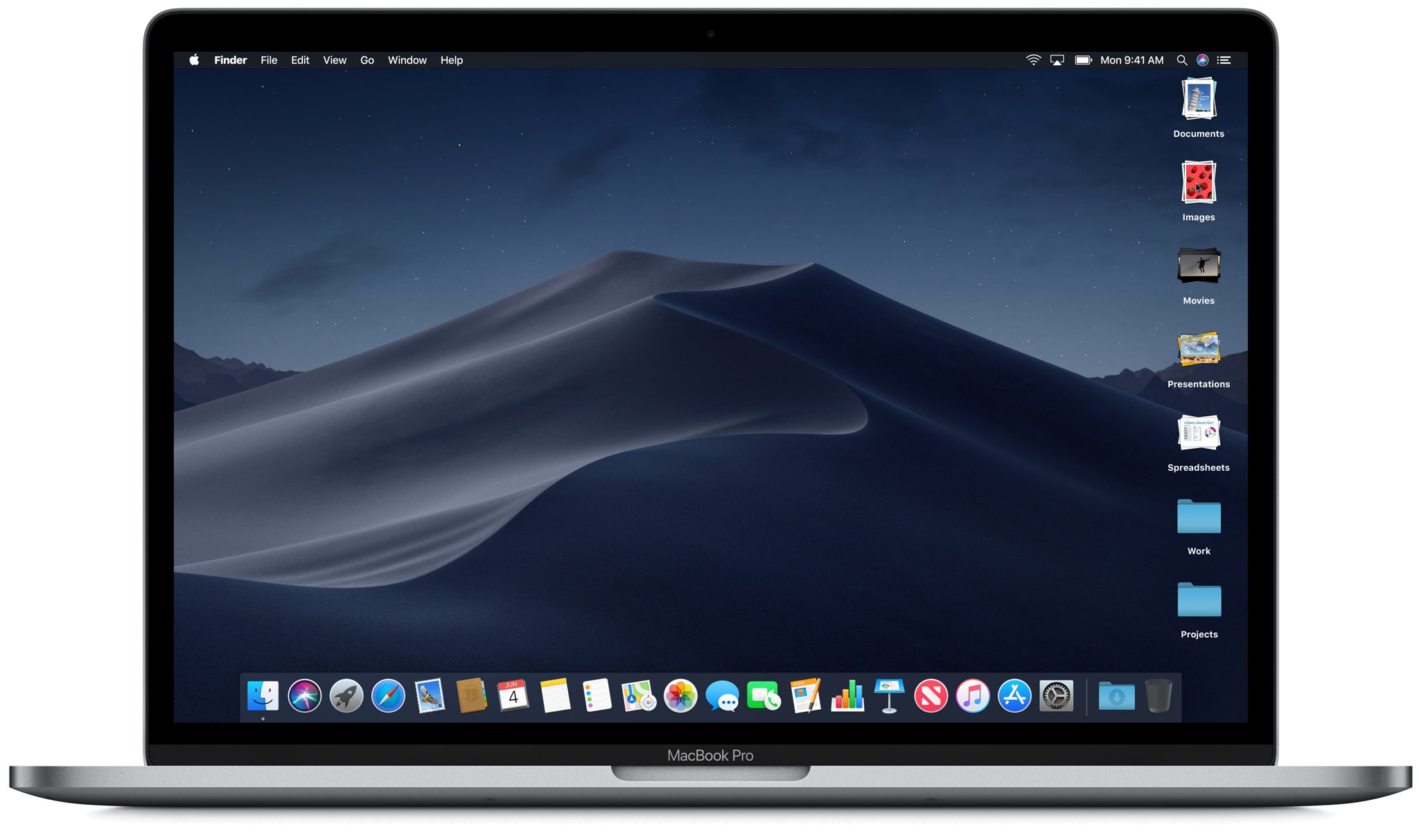
8. Find your stuff easily with Smart Folders
Like Smart Playlists in Music and iTunes (mentioned below), Smart Folders in the Finder make it extremely convenient to find all the files that match your criteria in one central place. Not only do Smart Folders automatically gather files by type and subject matter, they’re instantly updated as you change, add and remove files.
To create a Smart Folder for things like all of your screenshots or your most recent items, click File > New Smart Folder from Finder’s top menu bar.
9. Organize your music with Smart Playlists
Similar to Smart Folders in the Finder, the Music app and iTunes have a Smart Playlist feature for gathering music based on simple rules you specify. Conveniently, these Smart Playlists automatically refresh as your library changes. To create a new Smart Playlist, click the File > New > Smart Playlist and specify your rules.
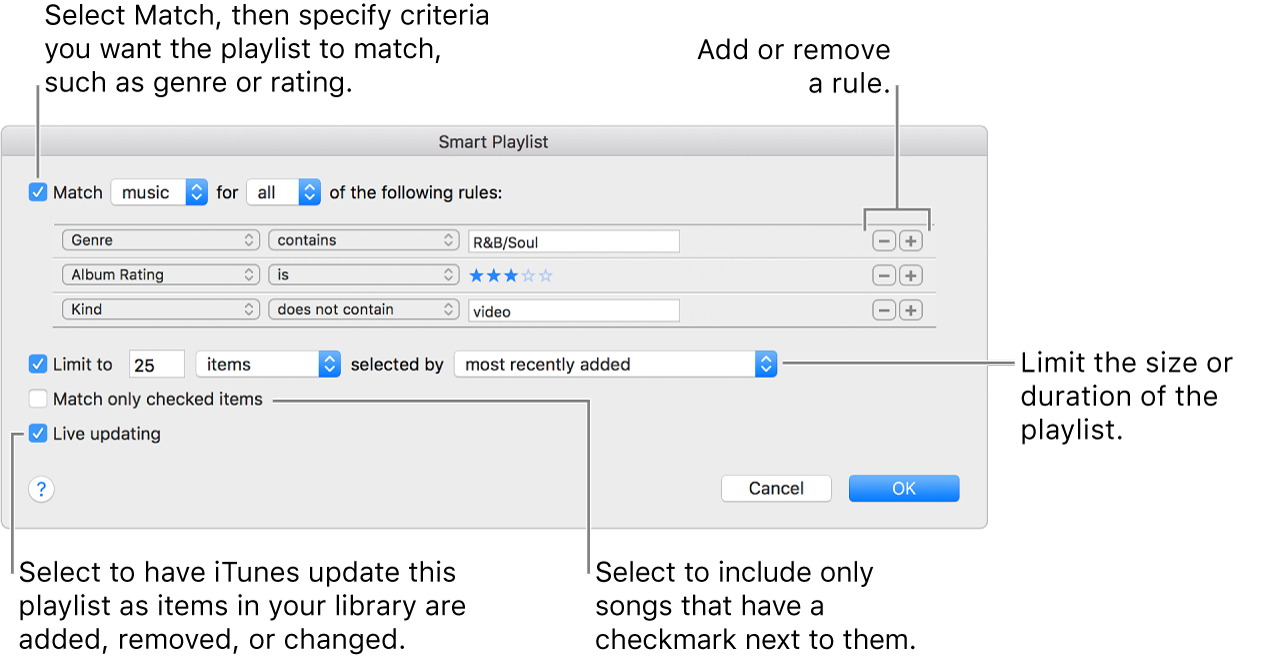
As an example, you can create a Smart Playlist of your love songs on Apple Music. Or, you may want to create a Smart Playlist that lists Apple Music songs in your library that are no longer available for streaming. Though you can create playlists in the iOS Music app, Smart Playlists must be created on your Mac, and they won’t auto-update on an iOS device.
10. Restore document versions
When you save a file on your Mac, macOS keeps a history of all the changes so that you can easily roll back to a document’s previous version. To do so, open a document with your preferred app, then click the File menu and choose Revert To > Browse All Versions.
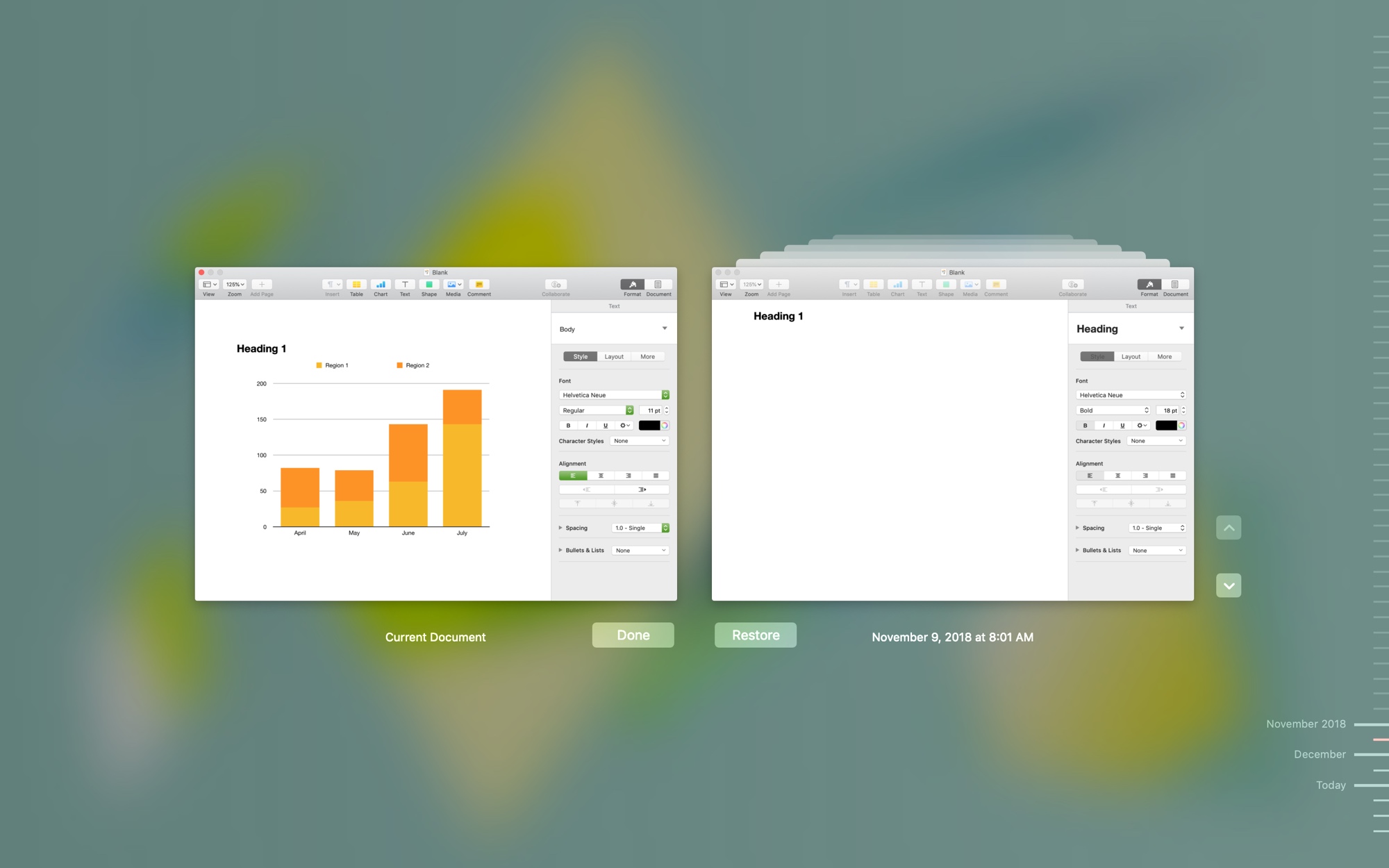
11. Checking your Mac’s uptime
Knowing when you last started up or rebooted your computer should be an important step in every user’s troubleshooting workflow. Just type uptime in Terminal and press enter/return to see how long it’s been since you last restarted your Mac.
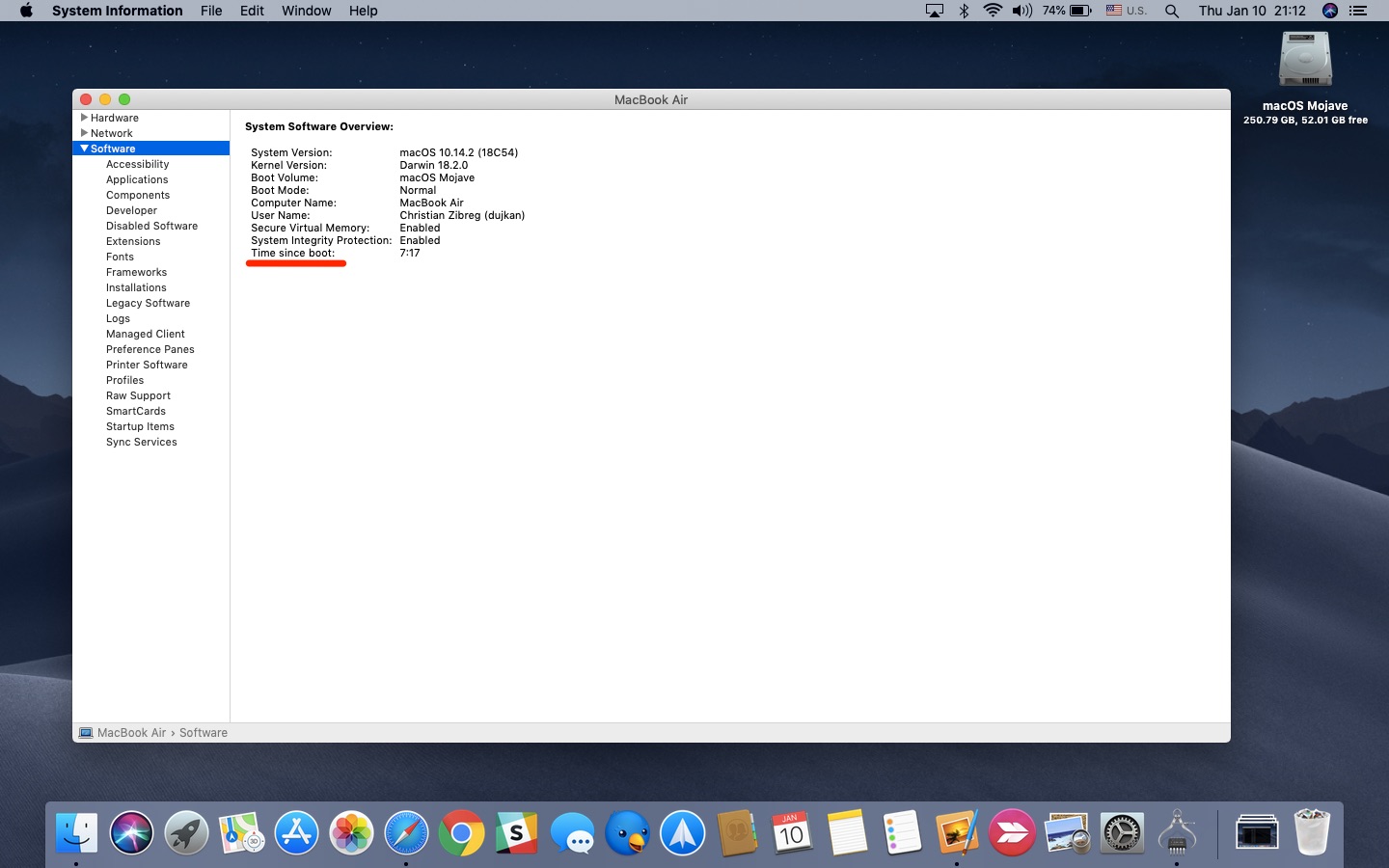
For more, learn how to see your Mac’s uptime, reboot, and shutdown history.
12. Change the accent and highlight colors

You can personalize the User Interface (UI) of your Mac by selecting different Accent and Highlight colors in System Settings > Appearance. These new colors will appear throughout the system and when highlighting text.
And that’s it, boys and girls! Let us know in the comments how you liked these tips, which one was your favorite, and why? If you have useful Mac tips of your own, do share them with the iDB community down below.